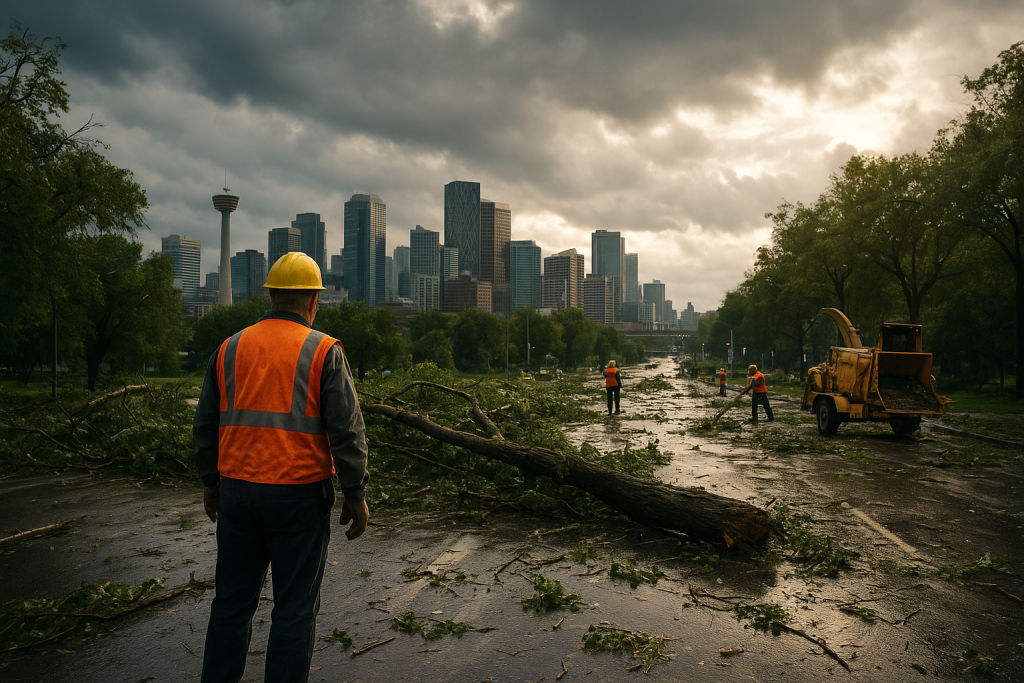“My view is: I think the data is pretty clear. There has been an increase in the surface temperature of the planet over the course of the last 100 years or so. I think it’s clear that that has happened. The extent to which that has been caused by human activity I think is not as clear. I think that is still very much disputed and has been debated.”
VIEW SOURCE
WHAT CLIMATE CHANGE MEANS FOR PENNSYLVANIA
- In 2010, the U.S. Department of Agriculture designated 16 counties in Pennsylvania as natural disaster areas because of severe damage to corn, forage crops, soybeans, oats, and wheat crops due to drought.
- Changing temperature and precipitation patterns can affect the life cycle and distribution of insects, many of which transmit diseases that already pose problems to public health in Pennsylvania. In 2010, there were 3,298 cases of Lyme disease in the State.
- Superstorm Sandy slammed the East Coast in 2012, costing 130 lives, tens of billions of dollars in damage and requiring more than $9.9 million in federal assistance for recovery and cleanup efforts in Pennsylvania alone.
- Pennsylvania has had 13 major disaster declarations in just 10 years from severe storms, including Hurricanes Irene and Sandy and Tropical Storm Lee. These disasters have resulted in the need for hundreds of millions of dollars in public assistance to support recovery and rebuilding efforts.
- Northeast states can expect more climate change related heat waves—with significantly more days above 90 degrees F—and flooding from sea level rise and extreme precipitation events. Even low-end projections anticipate that historical 100-year coastal floods will happen as often as every 22 years by the end of the century. There is $2.3 trillion of insured coastal property at risk in New York State alone. Northeasterners are already experiencing increased heavy precipitation. Extreme heat and declining air quality are expected to increase risk associated with respiratory problems and heat stress, both of which pose increasing problems for human health, especially in urban areas, and can result in increased hospitalizations and even premature death. Rising temperatures and carbon dioxide concentration increase pollen production and prolong the pollen season, increasing health risks for people with allergies. Agricultural production, including dairy, fruit, and maple syrup, are likely to be adversely affected as favorable climates shift, while the center of lobster fisheries is projected to continue its northward shift and the cod fishery on Georges Bank is likely to be diminished.




